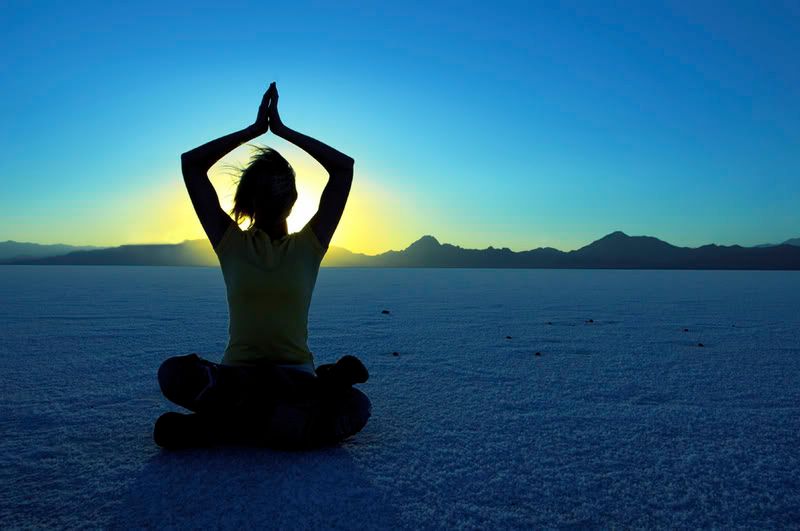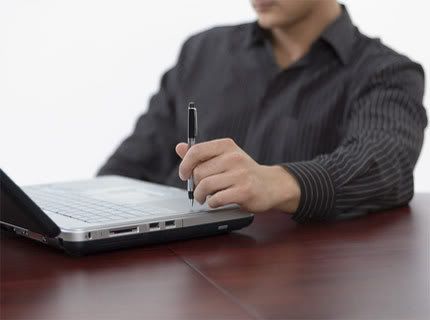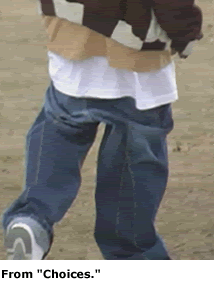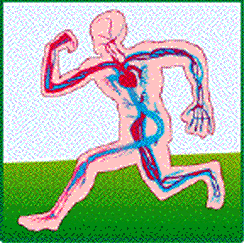This was orginially posted on January 25, 2007
Hell In High Heels--
Pumps and Stilettos give you Power and Pride at a Painful Price
By Aaron Parnell
Fashion trends in footwear almost always call for high heels. You know they are going to make your feet hurt. You even know how long it will be before you have to take them off. Some women are willing to have foot surgery to stay in their favorite brand of shoes. You still believe the payoff in pride and power is worth the trouble. But is it?
Just in case it has never been made clear how bad this is for the body, let’s explore some of the problems associated with these pumps for your power suit:
Bunions, Hammertoes and Fallen Arches
Wearing heels makes you walk with your toes pointed outward for support. When you ‘push-off’ with your back foot propelling you forward, this force also smashes your toes sideways and makes the second joint of your big toe become the push-off point. The joint has to grow more bone cells to do so. Hence, over time, you can get some pretty ugly toes that hurt a lot. All the surgery in the world will not make you walk better. Heels just make the problem worse.
Bubble Butts, Jiggly Arms, and Thunder Thighs
In heels, your body tilts forward, causing your weight to balance on the ball of your foot. The farther you lean forward, the more weight your body has to load onto the back of your body for balance. If you wear heels a lot, over time, the body has to compensate for the imbalance by adding fat and water to the back of your arms, derriere and thighs.
Low Back, Neck, and Shoulder Pain
Sporting 2-inch heels makes your body work up to 25 times harder to stay upright than if you were in flat shoes. Bones and muscles in the back, neck and shoulders perform the extra work. This can lead to chronic pain, arthritis and stiffness that lingers long after the shoes are off.
Poor Circulation
Your feet and calves need freedom of movement to act as a natural pump to help circulate blood back to the heart. The ankles and feet can swell when fastened into high heels with limited motion. Veins can become unsightly under pressure; and the heart has to increase blood pressure to promote circulation.
No better than many other self-destructive habits, over time, constantly wearing high heels can get you into some serious pain and discomfort. Further, someone will have to bear the cost of health care services you may need.
If you still ‘need’ to hop into those heels, here are five things you can do to avoid pain and some of the associated chronic health problems.
1- Foot circles. Extend you foot and point toes and make circles in the air, as wide as possible, 10 times clockwise and 10 times counterclockwise. Do this sequence once for every 2 hours in heels.
2- Wiggle your toes. Up, down, spread, relax. Follow this sequence five times for every 2 hours in heels.
3- Carry a pair of totally flat comfortable shoes with you, so you can change into them when your feet have had enough torture for the time.
4- Take a yoga class. Keeping your body flexible will allow your body to stay more vertical when you are in heels.
5- Massage your feet. Do it yourself, have someone else do it, or get one of those gizmos you can put your feet on or into.











 Why makes the breasts go saggy in the first place?
Why makes the breasts go saggy in the first place?